Junkyard Find: 1990 Lexus LS 400

While Honda was the first Japanese car company to have a North American showroom hit with a new luxury brand, the Legend lacked the imposing bulk to really threaten the flagship sedans of competitors based in Michigan and Europe (and, on top of that, it had Accord running gear and Rover DNA). Nissan and Toyota got into the luxury-sedan game here in the 1990 model year, when the Infiniti and Lexus brands had their debuts here with the Q45 and LS 400, respectively.
The Q45 was a shortened, Americanized version of the Japan-only Nissan President limousine, equipped with a brand-new dual-overhead-cam V8 engine just for the occasion… but Toyota pulled out all the stops and spent dump trucks of yen developing an entirely new platform from scratch. This was the original Lexus LS, and I’ve found one of those first-year cars in a self-service yard between Cheyenne and Denver.
Toyota could have based the LS on the Century, but that would have cheapened the appeal of the mighty Century in its homeland; at the time, the Japanese royal family still rode to official events in 1967 Nissan Prince Royal limousines (the Century finally took over Japanese Imperial duties in 2006, though Emperor Akihito’s personal daily driver was a Honda product).
The 1990 Century had an aluminum-block hemi-headed V8 that was very sophisticated when it first hit Japanese roads in the 1964 Crown Eight, but that engine wasn’t going to give Mercedes-Benz engineers a case of the shaky sweats. The 1990 LS 400 got a brand-new 4.0-liter DOHC V8 created just for that purpose. This one was rated at 256 horsepower when new.
Thirty-two years later, The reliability of this engine is firmly established. The Mercedes-Benz S-Class got less power than the 1UZ from its 5.5-liter V8 in 1990, but that would change soon enough.
No LS 400 (or its Japanese-market twin, the Celsior) was ever sold with a manual transmission, but plenty have been equipped with manuals for durifito adventures.
I’ve owned a 1997 LS 400 for just over 10 years now, and it’s the best long-road-trip vehicle I’ve ever owned. It’s on the underpowered side by modern standards, but it has never had a single mechanical problem in a decade of ownership and it gets an honest 25 mpg at 80 mph.
My car is a Coach Edition with the seldom-seen Jade Green Metallic paint, but today’s Junkyard Find has the almost-never-seen Burgundy Pearl color. This is the closest that the first-generation LS 400 ever got to a frivolous paint hue (and it was gone after 1992).
You’d need to hook up a battery and fire up the ECU to get this car to reveal its total mileage on the digital odometer (I’ve managed the feat with a battery pack on a junkyard Subaru Forester, but it would be far more difficult on a Lexus LS), so there’s no telling how well-traveled this car was during its 32 years on the road. The interior is filthy and the upholstery is torn up, so I’m guessing the total was over a quarter-million miles. Who knows, maybe it topped the highest-mileage Toyota I’ve ever found in a junkyard.
You could get an audio system made by Nakamichi in 1990, at a significant extra cost, but this car has the base Pioneer system.
The MSRP on this car was just $35,000 (about $77,945 in 2022 dollars), which came to less than half of the price of a new Mercedes-Benz 560 SEL. The price went up steadily with each successive year, reaching $51,200 (about $99,360 now) by the 1994 model year.
Just right for your South Jersey estate.

Murilee Martin is the pen name of Phil Greden, a writer who has lived in Minnesota, California, Georgia and (now) Colorado. He has toiled at copywriting, technical writing, junkmail writing, fiction writing and now automotive writing. He has owned many terrible vehicles and some good ones. He spends a great deal of time in self-service junkyards. These days, he writes for publications including Autoweek, Autoblog, Hagerty, The Truth About Cars and Capital One.
More by Murilee Martin
Latest Car Reviews
Read moreLatest Product Reviews
Read moreRecent Comments
- Lorenzo I'd actually buy another Ford, if they'd bring back the butternut-squash color. Well, they actually called it sea foam green, but some cars had more green than others, and my 1968 Mercury Montego MX was one of the more-yellow, less-green models. The police always wrote 'yellow' on the ticket.
- ToolGuy Some of my first cars were die-cast from pot-metal in 2 pieces: body-in-white plus chassis. I spray-painted some of them, the masking was a pain. The tires did burn realistically.
- Vulpine Tesla has NOT said they're scrapping the Gigacasting process, but they have also said they wouldn't cast a one-piece body. The concept is to have a total of 5 main pieces: Nose clip, tail clip, 2 sides and belly. They're already using the first two and the sides are not necessarily going to be castings. The belly casting, however, is being delayed as the battery technologies are changing far too quickly to lock into any one fixed design as the battery packs themselves are currently consisting of at least three different types based on the cells being used within them. It's a matter of convenience for the company to let the technologies stabilize somewhat before locking in on a specific design.
- MaintenanceCosts I've never prioritized color when looking for a car, but there are usually some colors (particularly bright reds and refrigerator whites) that I just won't accept.That said, one of my cars gets parked outside in a city environment, and it's silver, and that's good because silver does not complain too much when oxidized to he!l. The brown BMW is neat because there aren't many brown BMWs, and the green Legend is historically correct because the mid-'90s meant green.
- ToolGuy • Black vehicles and dark interiors burn more petrol and are bad for the planet (look it up, I'm not gonna hold your hand on this one lol).• If your current vehicle was new when you took delivery, and you didn't get EXACTLY the color you wanted (blithely accepted what was foisted on you by the dealer), shame on you. You are the problem with today's franchise system. In future, please notify the dealer that your policy is to collect a Non-First-Choice Paint Upcharge in such a circumstance. I recommend $1200.• Also, fine-thread drywall screws (in wood) waste electricity (and time). When I am President of the Universe, fine-thread drywall screws will be banned in favor of the more environmentally- and wallet-friendly coarse-thread variety. (Again, you can work out the reasons but I am absolutely correct.)

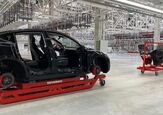
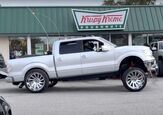
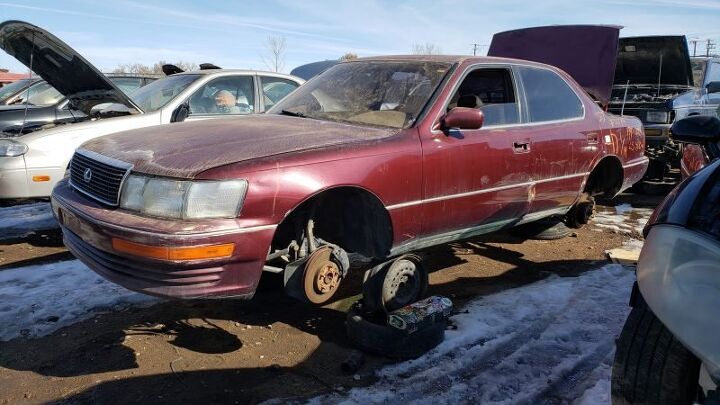





















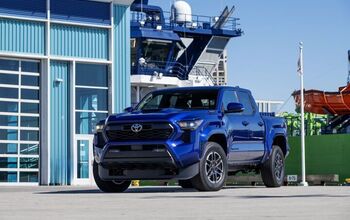

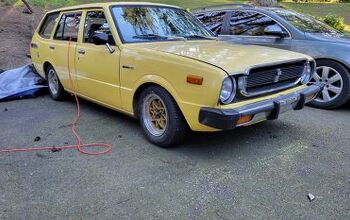
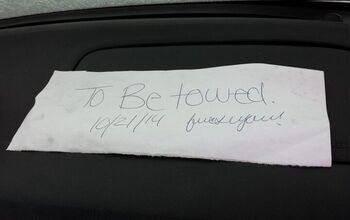
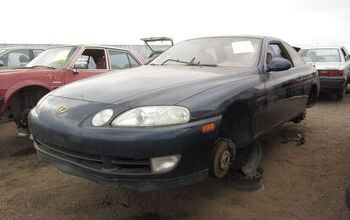
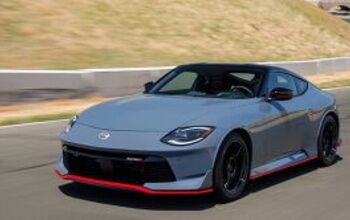
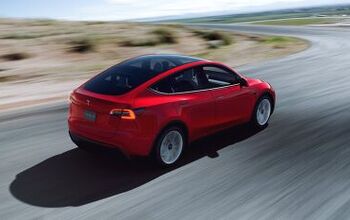
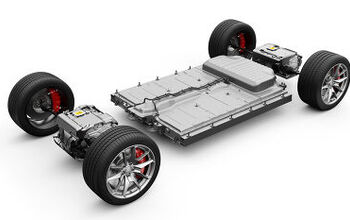
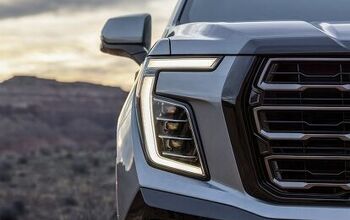
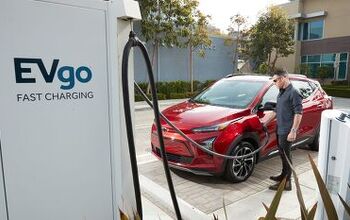
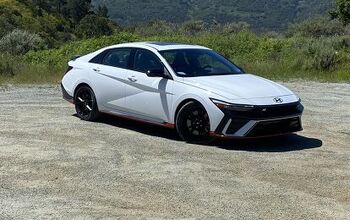
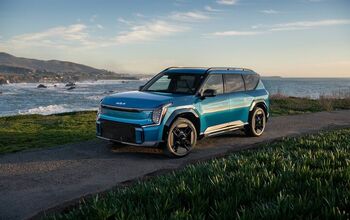
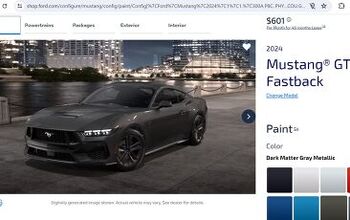
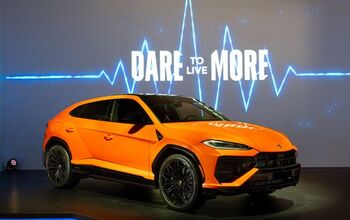
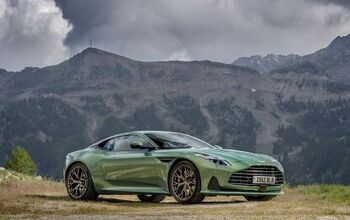
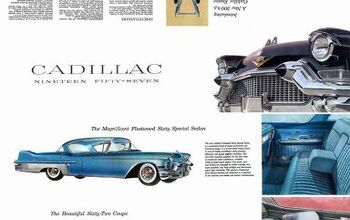

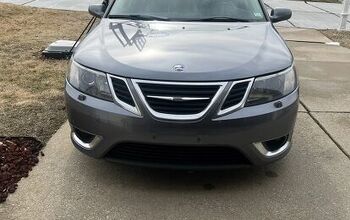
Comments
Join the conversation
This is the car that pretty much nuked the luxury car market. It would take a bit, but Lexus eventually sent Mercedes and BMW into permanent quality decline.
This is a 1989-1994 UCF10 LS400, so it has no digital odometer it doesnt need a batter pack to see the odometer at all come on its analog right there next to the steering wheel on the black plastic trim.